6 interior design mistakes that could be affecting your sleep
The bedroom problem areas that could be costing you a good night's sleep, and how to fix them
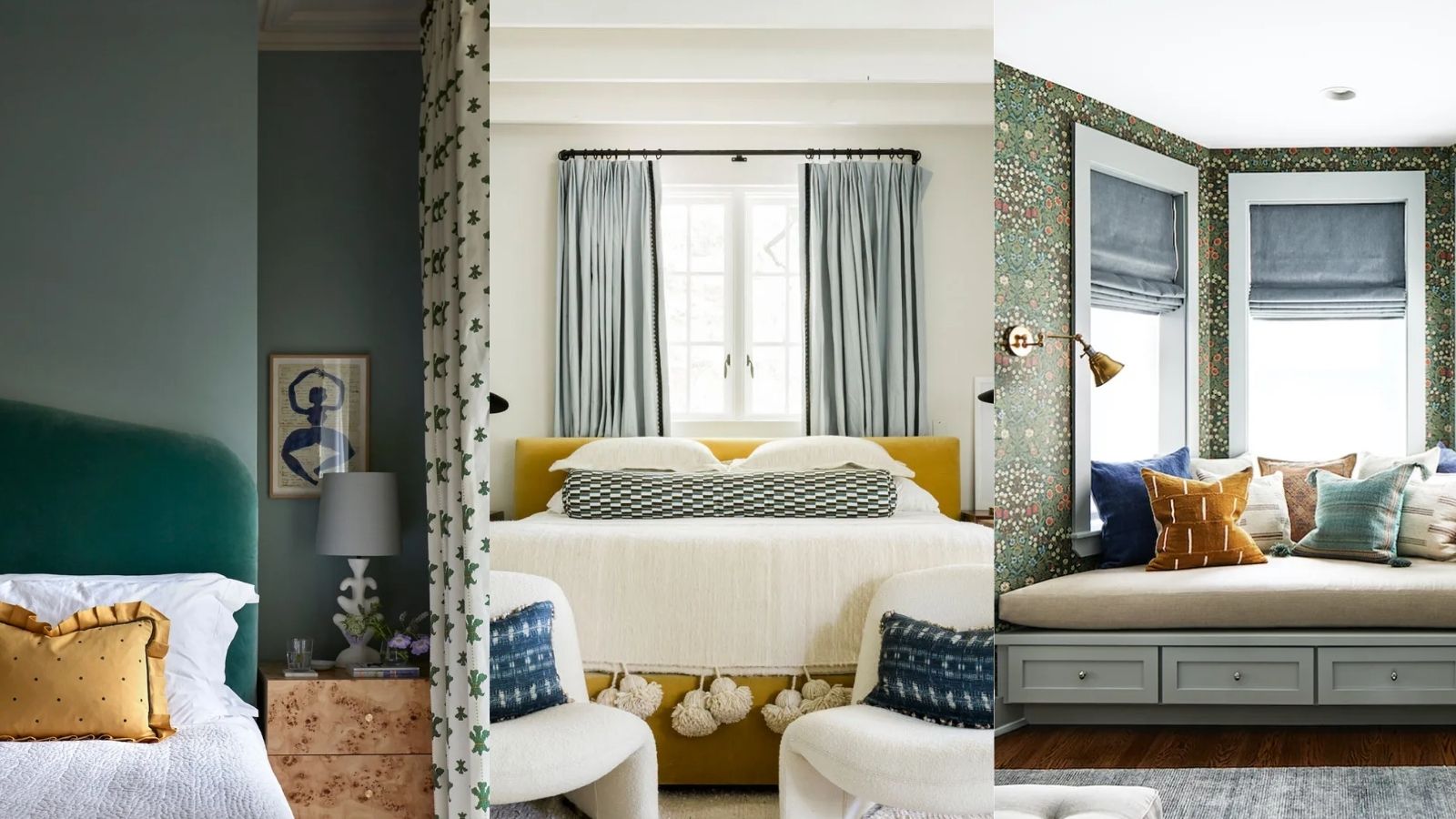

Another restless night? Don't rule out the possibility that some of the design elements in your bedroom are negatively impacting your sleep.
Design features such as window treatments, furniture layout, bedding, and acoustics all make a huge difference to how calming and sleep-inducing our bedrooms are. Luckily, any bedroom design mistakes affecting your sleep are all usually easy to fix.
By avoiding bedroom layout mistakes and reducing unwanted sound, light, and visual noise, we can create a bedroom primed for rest and relaxation. We spoke to interior designers about their dos and don'ts for a calming bedroom, whether you have a small bedroom where storage space is tight, or a larger space that feels incomplete.
Interior design mistakes that affect your sleep
Put the love back into your bedroom by addressing any problem areas, and adding some finishing touches, like plants and candles. Get ready to transform your bedroom and sleep better.
1. The wrong bed
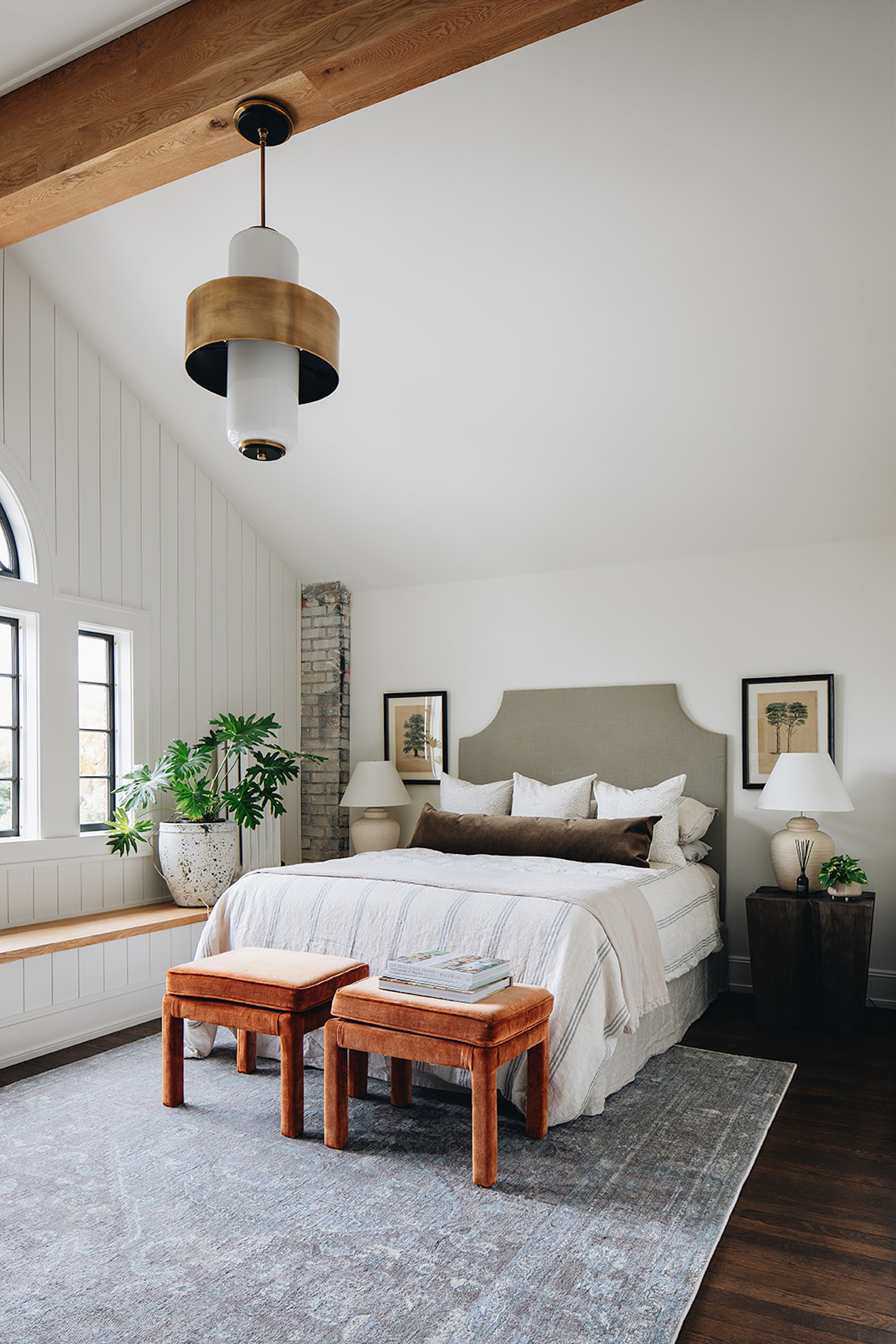
Not prioritizing a great quality bed is a common mistake that could be sabotaging your sleep. The same goes for bedding, pillows, and comforters, so really think about creating comfort, and consider what kind of sleeper you are when making purchases.
'It may seem like a no-brainer, but bed and bedding are where many people think they can cut costs because it's not always a part of the home where visitors can see – and that is going to work against you getting your best night's sleep,' comments interior designer Kathy Kuo.
'I recommend doing just as much research on bed frames as you would on a sofa, and ditto for sheets, pillows, and mattresses!' Investing in one of the best bed frames and one of the best mattresses will make a dramatic difference, especially if your mattress hasn't been replaced for several years or you have noticed it isn't as supportive as it once was. Shop in store for bedding so you can choose sheets that feel soft, and consider a weighted blanket, at Amazon, to make you feel extra cocooned.

Kathy Kuo is a celebrated interior designer and international guru within the home and lifestyle space. She has 20+ years of experience in the design industry.
2. Bright paint colors

Highly saturated paint tones and vivid, patterned wallpapers are best reserved for elsewhere in the home. It doesn't mean you have to avoid color and pattern altogether, just consider whether your current color palette promotes relaxation.
'The paint color you use is important within a bedroom as it can affect how the room feels. If you go for bright and bold colors, this may not feel very restful before bedtime,' agrees interior designer Sophie Clemson. 'Instead, you could opt for a dark and moody look for a cozy and relaxed feel or warm neutrals to create a calm sanctuary.'
You also can't go wrong with soothing blues which are proven to be one of the best bedroom colors for sleep, soft greens, or earthy tones, as these are all nature-inspired and make us feel calm, helping to create a grounding and tranquil atmosphere to drift off in.

Sophie Clemson is the co-founder of The Living House, an affordable online interior design company that helps busy families transform their homes easily, online and within their budget.
3. A disorganized bedside table
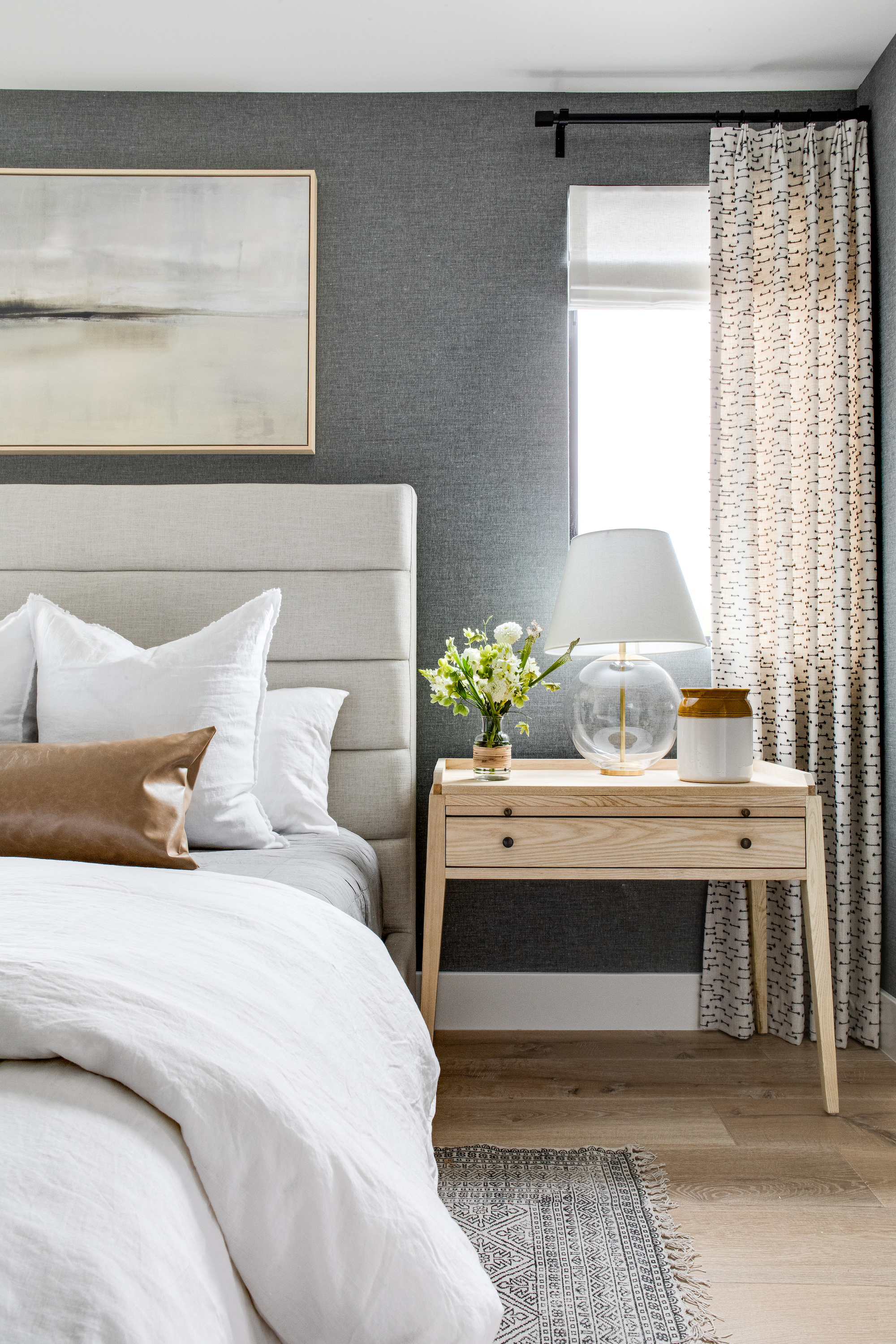
A cluttered or wobbly bedside table will do nothing for the quality of your sleep, so follow our tips on decluttering a nightstand – and if it's still proving hard to keep organized, consider purchasing larger ones that will offer you more bedroom storage.
'When designing a bedroom to promote a good night's sleep, a practical bedside table that will keep both your space and mind clutter-free is essential!' says Becca Stern, creative director at Mustard Made. 'The bedside is one of the first and last things you see, so keeping this space neatly organized is really important.'
Look for high-quality designs with closed storage, such as these wooden bedside tables with drawers, at Target. Having plenty of space to hide things away will create a calmer aesthetic, quietening the visual noise – you could also add more under-bed storage to keep off-season clothes out of the way.
4. Curtains that are too thin
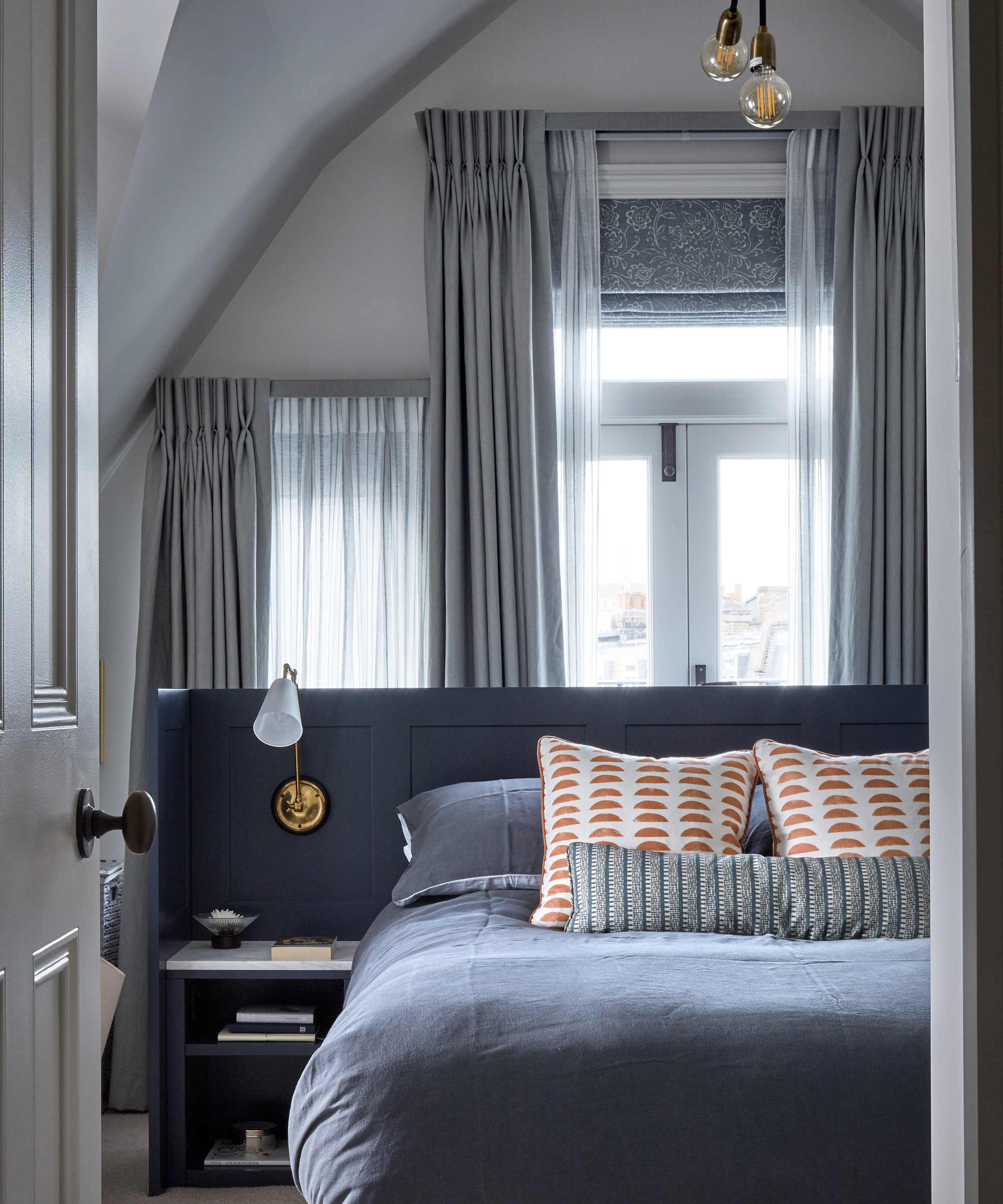
Do your bedroom curtains block out the light? Many of us like to wake up to some natural light, but in the summer months, translucent drapes that don't effectively block out the light can compromise the quality of our sleep.
'Sleep is very individualized, but for me, it's important to have the correct window treatments to block light in the morning,' agrees interior designer and Field Theory founder Leah Harmatz.
'I always like to layer two window treatments: one that is light filtering and provides privacy while still allowing for sunlight to come through (usually a roller or Roman shade), and the other is typically a blackout drape.' Blackout curtains, at Wayfair, have a little more weight and will help to reduce the sound coming from the window, too.

Leah Harmatz founded Field Theory in 2015, guided by the belief that beautiful, functional design has a direct impact on our daily lives. The design firm aims to add character and warmth to residential and commercial spaces with eclectic, layered designs and a point of view that activates all the senses.
5. Too much bulky furniture

Is there simply too much furniture in your bedroom, making it feel cramped? 'One of the most common mistakes in bedroom design is improper furniture placement,' says Barbara Martinuzzi, CEO and interior architect at Martinuzzi Interiors.
'Placing large or bulky furniture items such as dressers or desks near the bed can create a sense of clutter and congestion in the space,' she adds. 'This can disrupt the flow of energy in the room and make it challenging to relax and unwind before bedtime.'

As the founder of Martinuzzi Interiors, Barbara has brought together a team of talented designers who share her passion for interior design. With her creativity, technical expertise, and commitment to quality, Barbara has built a reputation as one of the most sought-after interior designers in the industry.
6. Too few lighting options
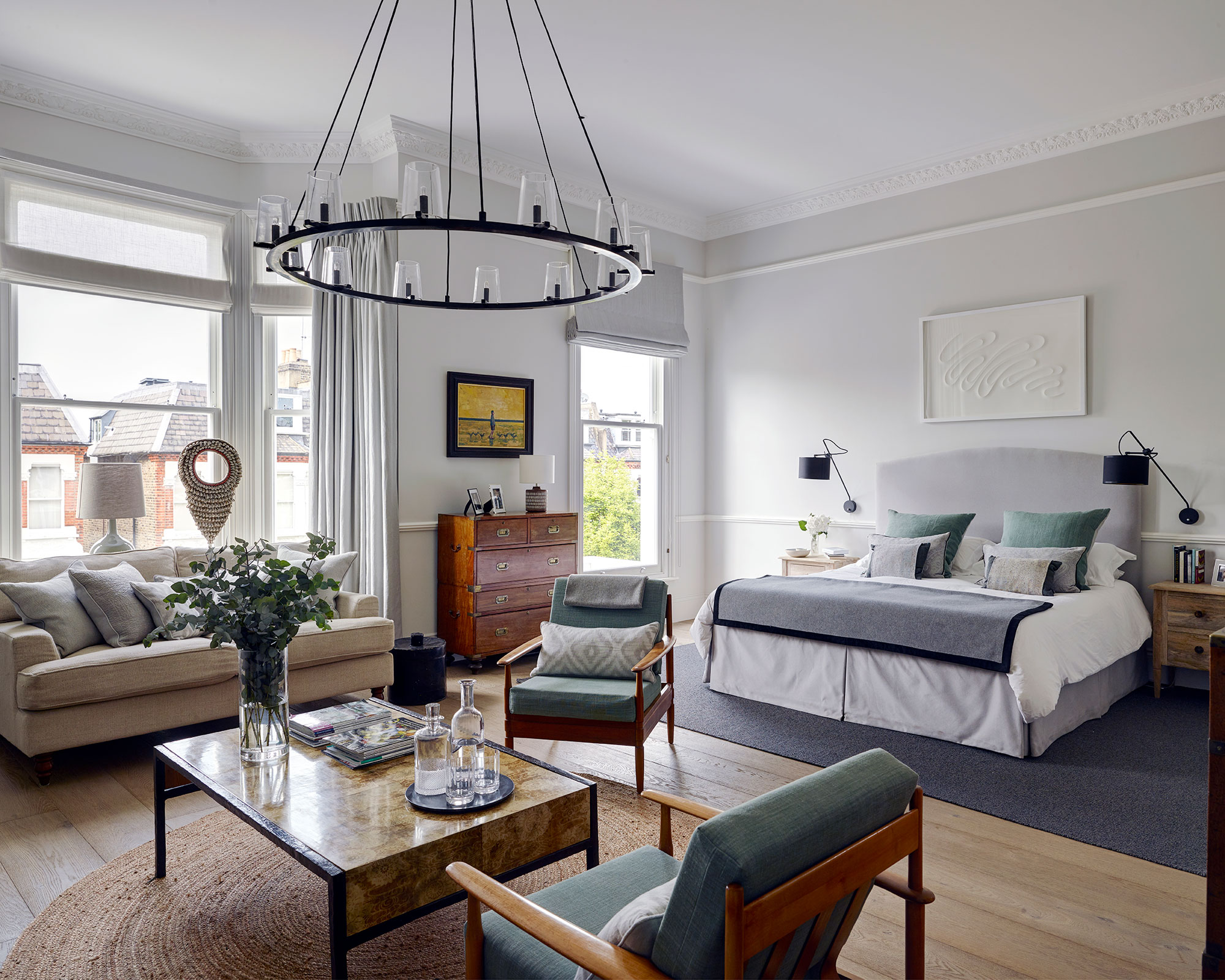
We always advise layering various light sources and using dimmers so that you can create just the right level for the mood you want to create. This is especially important when it comes to bedroom lighting. Look for bedside lamps that have a three-way switch, and if you have space, add a floor lamp, which will cast a soft glow when you're hanging out in the bedroom in the evening.
'Insufficient control over lighting, especially harsh overhead lights, can negatively impact your sleep space,' says interior designer Nina Lichtenstein. 'Use soft, adjustable lighting sources like bedside lamps or wall sconces to enhance the bedroom's ambiance.'
Avoid reading lamps with very bright lights or exposed bulbs – intense light can signal to the brain that it's still daytime. Also, a bedside lamp with a neutral, linen-colored shade will diffuse the light softly, whereas a lampshade in a dark color will send the light up and down, which won't look as cozy. This ceramic bedside lamp, at Target is a great option.

Nina Lichtenstein is the founder and principal home designer at her eponymous design studio, based in Westchester, NY. Nina believes that home design should capture a family’s unique spirit by how it serves the family's daily needs while nourishing the soul. She has been celebrated for designing, renovating, and building elegant living spaces.
FAQ
What's the best bedroom layout for sleep?
Interior designer Nina Lichtenstein recommends thinking about bed placement, traffic flow and symmetry when creating a calming bedroom layout conducive to a great night's sleep. 'Place the bed against a solid wall, ensuring a sense of security and minimizing disturbances from potential noise,' she says.
'Arrange furniture to facilitate easy movement around the room, avoiding cluttered pathways that may disrupt the flow. Aim for a balanced and symmetrical layout, as this creates a sense of harmony.'
A bedroom should appeal to all of our senses, so choose tactile materials, calming scents, and artwork, and try adding an area rug to soften the sound and add a layer of warmth and cozy texture.
Sign up to the Homes & Gardens newsletter
Design expertise in your inbox – from inspiring decorating ideas and beautiful celebrity homes to practical gardening advice and shopping round-ups.

Millie Hurst is a freelance lifestyle writer with over six years of experience in digital journalism. Having previously worked as Solved Section Editor at Homes & Gardens and Senior SEO Editor at News UK in London and New York, Millie has written for an array of homes brands including Livingetc and Real Homes and was formerly Senior Content Editor at Ideal Home. She has written and edited countless features on home organization, decluttering and interior design and always hopes to inspire readers with new ways to enjoy their homes. She loves to weave nature-inspired decor and nods to time spent in Italy into her own home.
-
 ‘It leads to more headaches than it's worth’ – 4 reasons you should never store things in your oven, including fire risks and serious illness
‘It leads to more headaches than it's worth’ – 4 reasons you should never store things in your oven, including fire risks and serious illnessYour oven is for cooking, and cooking only, experts urge
By Chiana Dickson
-
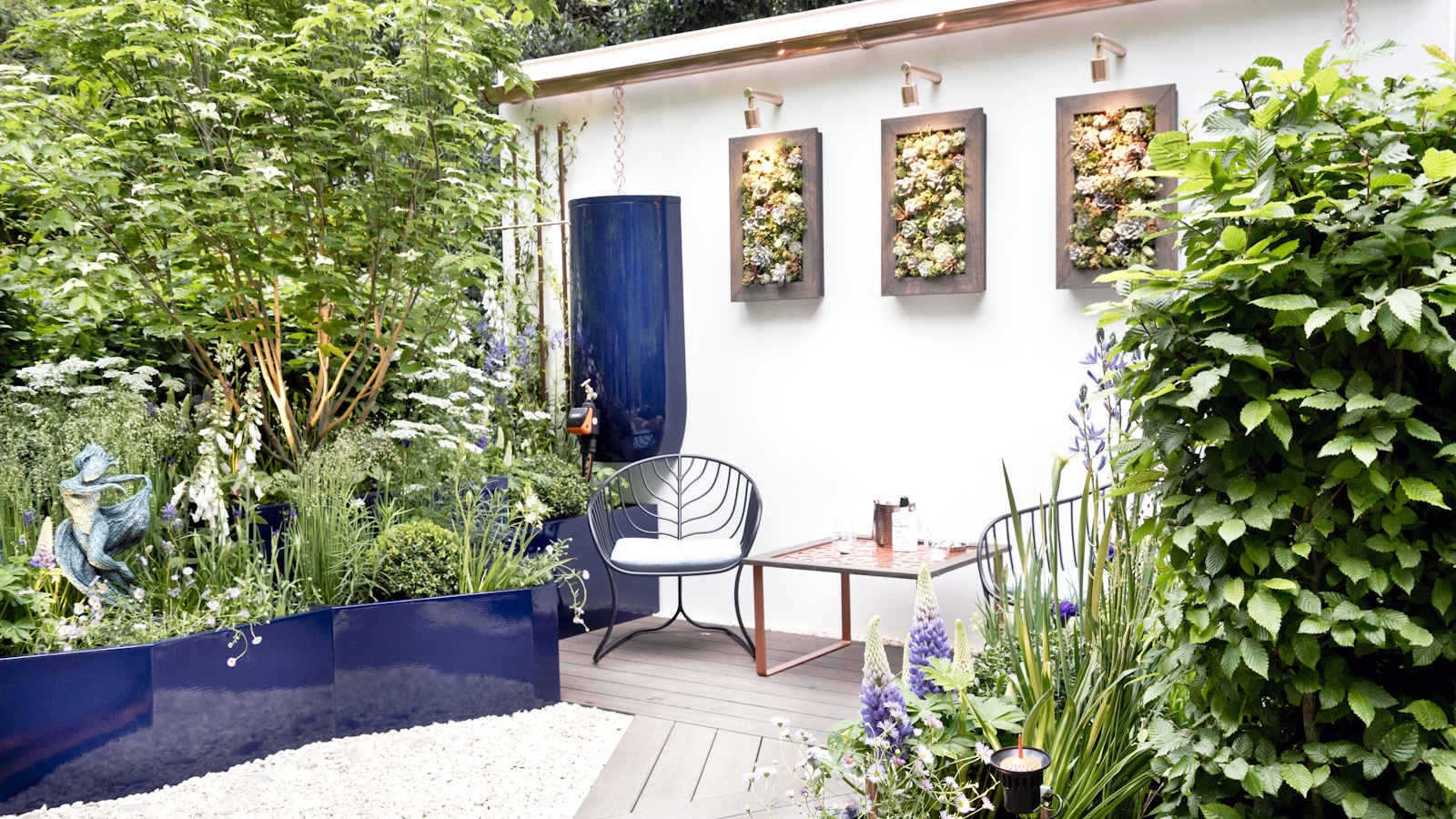 Urban gardening ideas – 7 creative ways to grow in small spaces, balconies, containers, indoors, and more
Urban gardening ideas – 7 creative ways to grow in small spaces, balconies, containers, indoors, and moreMake the most of your space with these innovative ways to garden
By Tenielle Jordison